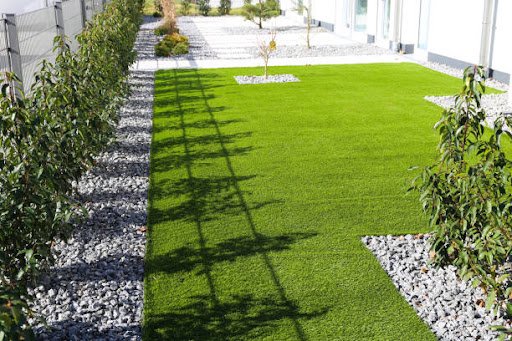The condition of your natural turf is important to the game of golf. If you have poor quality turf, it will show in your game. Here are some tips on how to deal with natural turf.
The Different Types of Natural Turf
Different types of natural turf require different levels of care. The most common type of natural turf is Bermuda grass, which is a warm-season grass that grows best in temperatures between 80 and 95 degrees Fahrenheit. It’s common in the southern United States and is used on golf courses and in residential lawns. Bermuda grass has a deep root system that helps it withstand drought conditions.
Zoysia grass is another common type of natural turf. It’s a warm-season grass that’s similar to Bermuda grass, but it can tolerate cooler temperatures and shade better than Bermuda grass can. Zoysia grass is common in the southeastern United States and is often used on golf courses and in residential lawns.
Fescue is a cool-season grass that’s common in the northern United States. It grows best in temperatures between 60 and 75 degrees Fahrenheit and does not do well in hot, humid weather. Fescue is often used in commercial landscaping because it’s resistant to wear and tear.
The Pros and Cons of Natural Turf
Let’s take a look at the pros and cons of natural turf to help you make a decision.
Pros:
-Natural turf is more forgiving than artificial turf. If you fall on grass, you’re less likely to get injured than if you fell on concrete or artificial turf.
– Grass is also cooler than concrete or artificial turf, so you won’t get as sweaty and uncomfortable during hot summer days.
– Grass looks nicer than concrete or artificial turf, so if you’re playing in a park or other public area, your game will look more attractive.
Cons
-Natural turf can be uneven and patchy, which can trip players up and lead to injuries.
-Grass gets muddy when it rains, which can make playing conditions slippery and dangerous.
-Natural turf requires more maintenance than artificial turf, so you’ll need to water and mow it regularly.
How to Care for Natural Turf
Here are some tips on how to care for your natural turf so it will stay healthy and looking its best.
Mow high.
When grass is cut too short, it’s more susceptible to disease and pests. Keep your mower blades sharp and set them to 2-3 inches (5-7 cm).
Water deeply but infrequently.
Watering deeply encourages roots to grow deep, making the grass more drought tolerant. Water in the morning so the grass has time to dry out before nightfall, which reduces the chances of disease.
Fertilize sparingly.
Too much fertilizer can damage turf grass. Use a slow-release fertilizer and follow the manufacturer’s directions carefully.
Aerate regularly.
This helps keep the soil from getting compacted, which can damage the roots of the grass. Aerating also allows water and nutrients to penetrate the soil more easily.
Remove thatch regularly.
Thatch is a layer of dead grass and organic matter that accumulates on the surface of the soil. If it gets too thick,
Conclusion
We hope that these tips on how to deal with natural turf have been helpful! If you’re still struggling, consider hiring a professional landscape company to help you get your natural turf in tip-top shape. A healthy lawn is a beautiful lawn, so don’t be afraid to put in the extra effort to achieve it.
